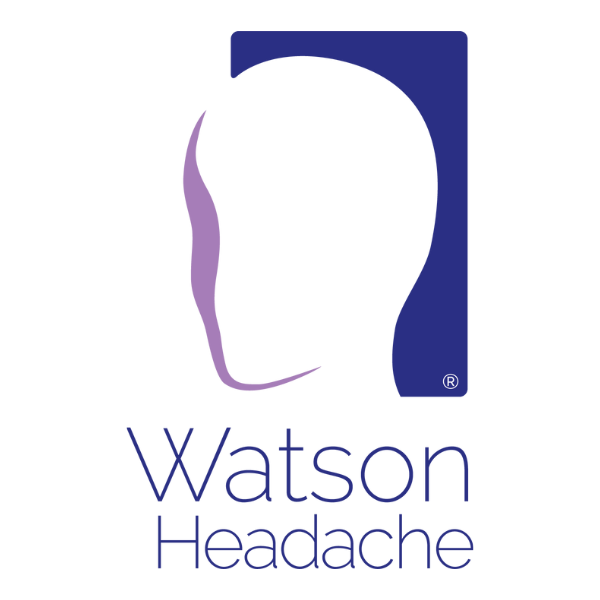The neuroscientist, keen to follow up on the notion of reproduction and resolution (R&R) of head pain activating conditioned pain modulation (CPM), comments, “Well the prevailing perspective is that sensitisation of the Trigemino Cervical Complex (TCC) results from dysfunctional CPM.”
“Yes, but the research is equivocal,” counters Watson’s colleague.
Nociceptive Blink Reflex
Watson then recalls research published in 2014 (1), “This research, utilising the nociceptive blink reflex (R2) – a trigemino facial brainstem reflex – investigated, dynamically, the activity in the TCC, during R&R of accustomed head pain in migraineurs.”
Cervicogenic Headache or Migraine
Watson’s colleague interjects, “But how was cervicogenic headache (CGH) excluded?”
‘I’m glad you asked,” Watson replies. “All subjects had unilateral alternating (side-shift) head pain. This excluded CGH because CGH, according to the various classification systems, is a side-locked, unilateral headache. Furthermore, subjects met other criteria fulfilling the diagnosis of migraine.”
“Irrespective of this, I am keen to hear of the effect of R&R on conditioned pain modulation (CPM); you mentioned that this research didn’t support an activating influence on CPM,” the neuroscientist asks.
Pain Ratings
“In addition to assessing R2, subjects rated referred head pain, local pain under the thumb applying pressure on C1 (stressing the C0-C1 segment) or C2 (stressing the C2-3 segment) whichever reproduced the head pain most comprehensively) in the cervical region and pain under the stimulating electrode (for R2), placed over the supraorbital nerve,” replies Watson. “Subjects reported decreasing head pain as the technique was sustained, also decreasing local pain under the thumb applying the technique, but under the stimulating electrode pain rating did not change. If the lessening pain responses resulted from activation of the CPM, one would expect consistent pain responses.”
Psychological or Placebo?
“What about the psychological state?” enquires the neuroscientist. “Research suggests that psychological factors can influence CPM. Factors such as stress, anxiety, and depression have been shown to affect pain perception and may also modulate the efficiency of CPM.”
“Yes” replies Watson. “Some considered this a potential limitation of this study because the researchers did not assess the psychological state of subjects, but once again, the inconsistency of pain ratings rules out a psychological influence. One could hypothesise that the subjects’ if anything, were in a state of anxiety. Add this to the mix there is a perfect storm for increasing pain, yet head and local (thumb) pain reduced significantly, and pain under the (R2) stimulating electrode was unaffected.”
“The same rationale could be applied when considering a placebo effect,” comments the neuroscientist.
“My understanding is that this finding was not unexpected because it just reflects clinical experience,” remarks Watson’s colleague. “Correct” Watson nods, ‘this is not new.”
Then in unison, Watson’s colleague and a reflective neuroscientist, enquire as to the effect of R&R on R2.
“Ah!” says Watson, “This is where it gets exciting.”
- Watson DH, Drummond PD. Cervical referral of head pain in migraineurs: effects on the nociceptive blink reflex. Headache. 2014;54(6):1035-45.

